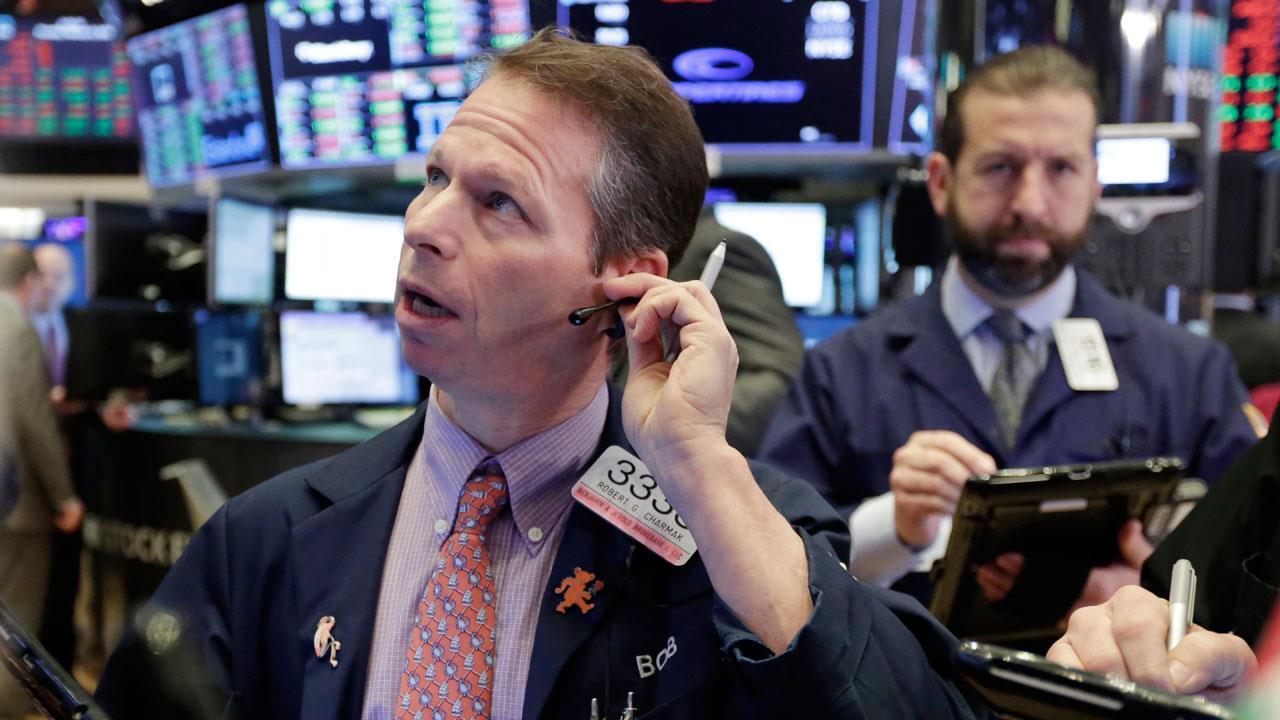Earnings season preview: What you need to know
First-quarter earnings season kicks off this week, and there are some lofty expectations. According to Goldman Sachs, if companies don’t meet expectations then the downside risks will be substantial.
Consensus forecasts are for average 17% year-over-year earnings per share (EPS) growth in the first quarter of 2018. Tax reform contributed 5% to that expected gain.
Goldman Sachs analysts have the loftiest expectations for the energy sector, with expectations of a 75% increase, with the big jump in crude oil prices adding to the upside. They are also especially optimistic on information technology (expecting 23% growth) and banks and other financial companies (22%).
These high expectations come as markets have been on a wild ride, with threats of a trade war sending the major U.S. equities reeling. Following trade war-inspired losses, the major U.S. stock indexes have fallen into negative territory for the year.
If first-quarter earnings are disappointing, earnings results could cause steeper losses, but if earnings meet or exceed expectations don’t look for a massive stock market rally, Goldman Sachs said.
“The downside risk for sales and EPS misses is substantial, with 1Q representing an important litmus test for growth stocks in particular.”
Positive 1Q surprises would confirm investors’ existing confidence in corporate fundamentals. However, if 1Q results disappoint, fears about decelerating economic activity will compound mounting concerns around trade, regulation and stretched positioning.
In its preview of the first-quarter earnings season, Goldman Sachs acknowledges some of the major conversations they have been having with clients, and they include the following considerations.
S&P 500 sales are expected to grow by an average of 10% this quarter, reflecting solid economic activity, but rising input costs have weighed on pre-tax margin forecasts. Strong top-line growth is consistent with solid economic activity in 1Q. Reported revenue growth should also benefit from a weaker U.S. dollar. Historically, a weaker U.S. dollar has resulted in above-average sales beats
While reported EPS is expected to show 17% growth, EPS growth excluding tax reform would be roughly 9% this quarter.
Tax reform will provide the largest boost to previously high-tax rate sectors such as telecom services and consumer discretionary.
Trade tensions represent a minimal risk to S&P 500 earnings.
Investors remain focused on regulatory risks following Facebook’s data privacy debacle. Goldman’s analysts noted that tech regulation should pose only a limited risk to aggregate S&P 500 fundamentals, with Facebook, Amazon, Netflix and Google (“FANG”) stocks representing just 4% of S&P 500 sales and EPS.




















